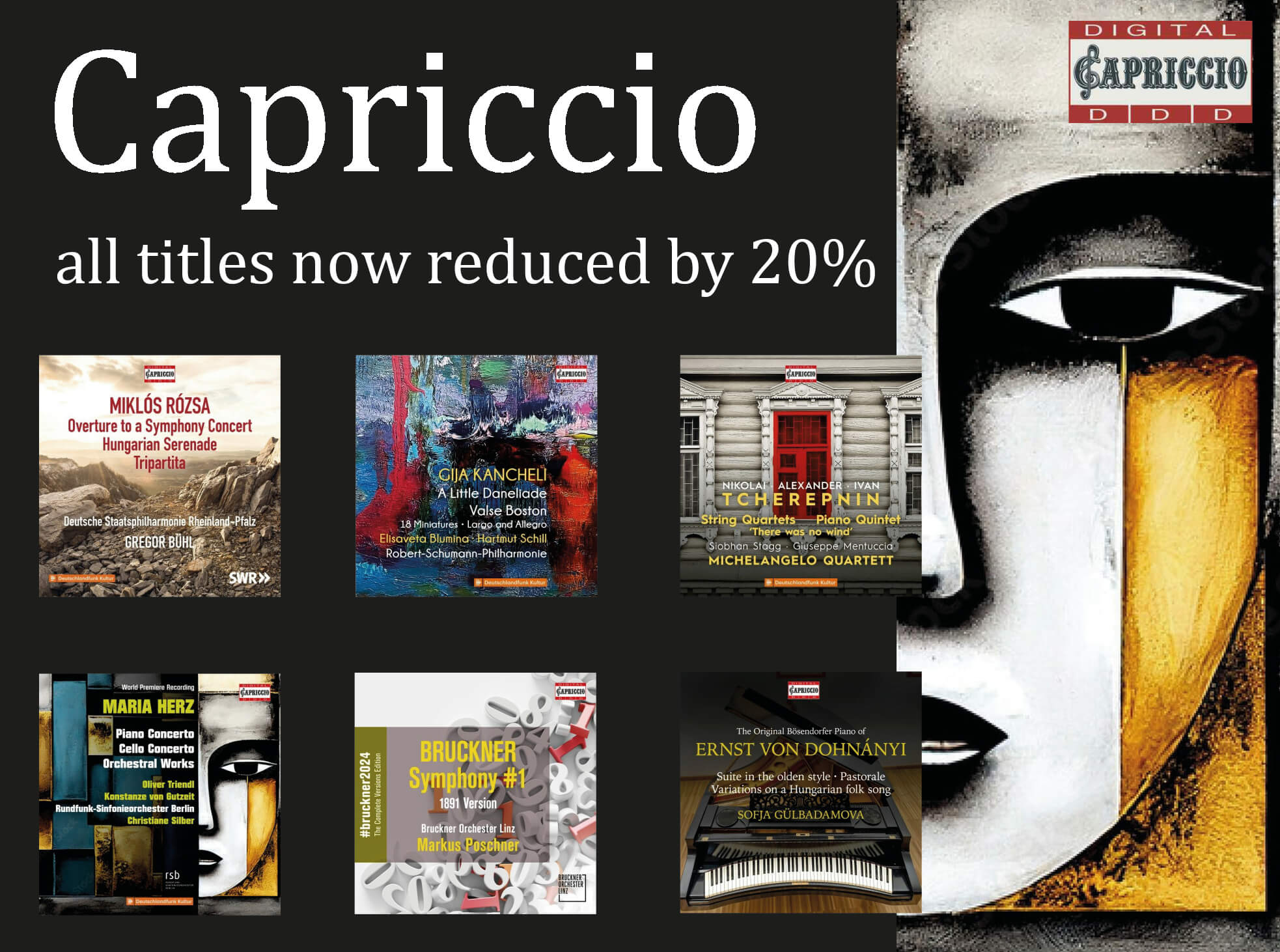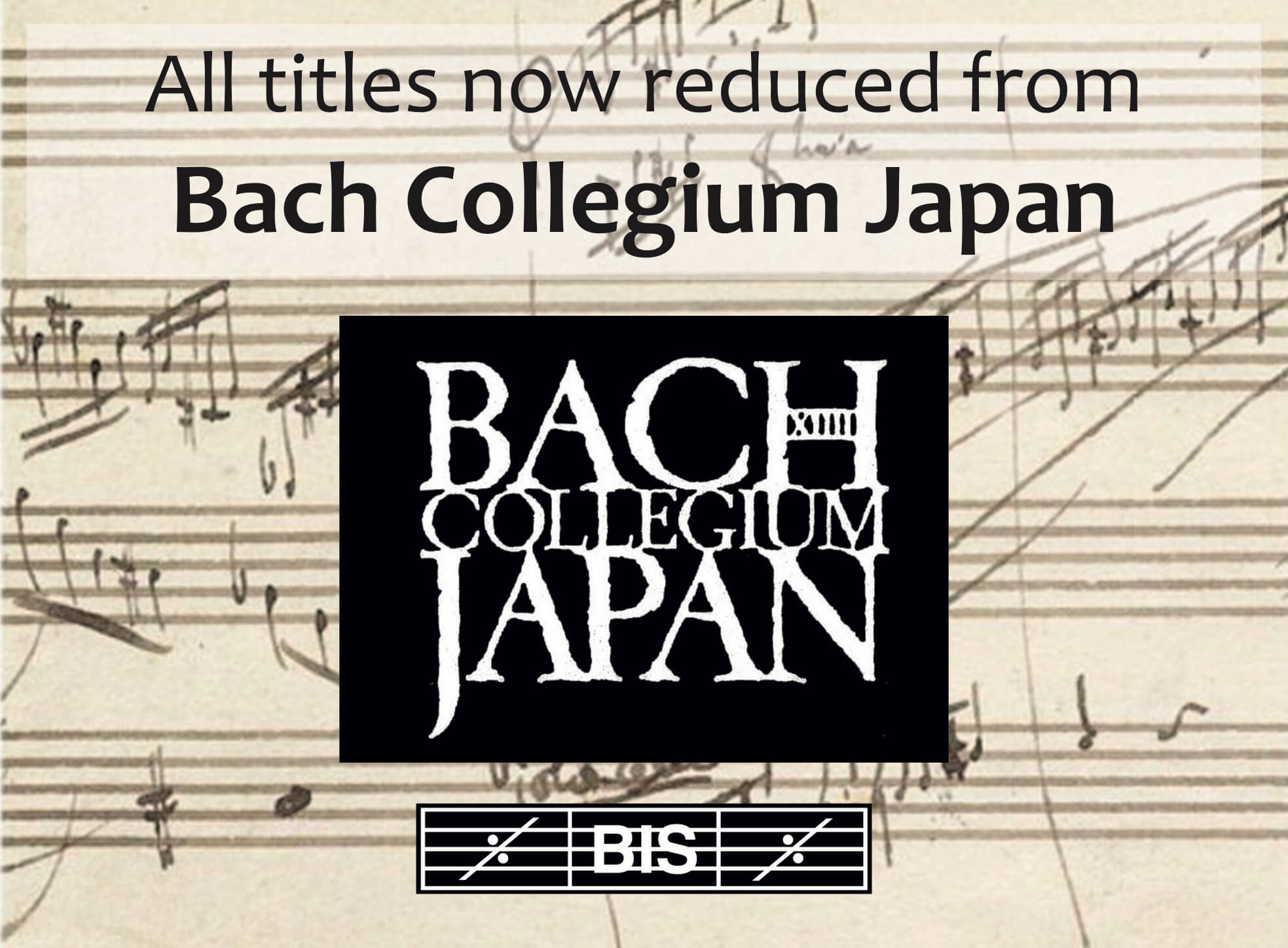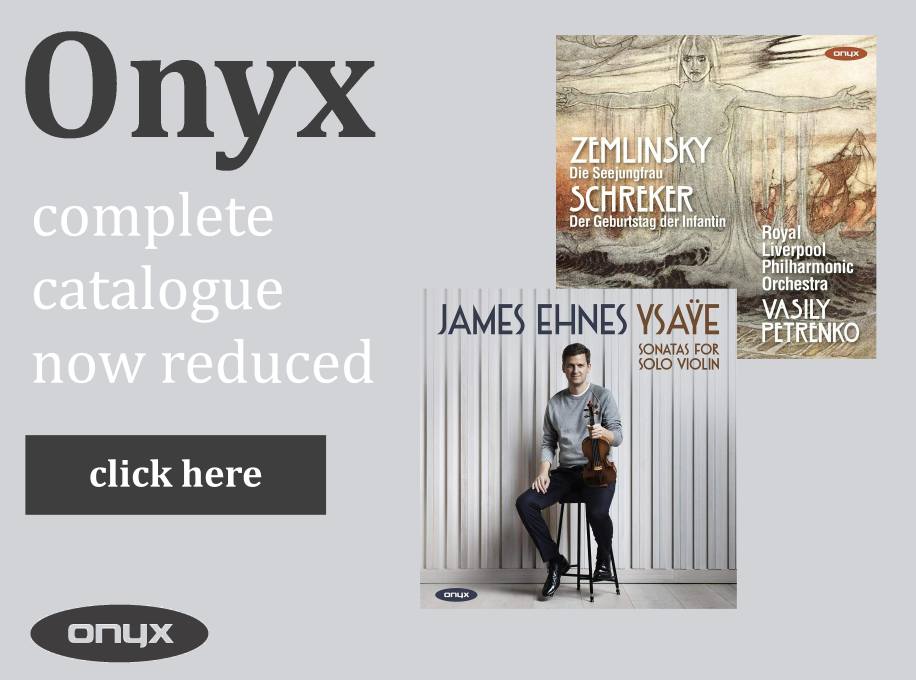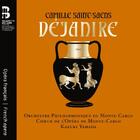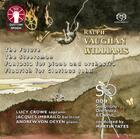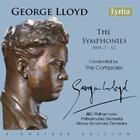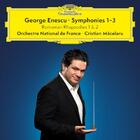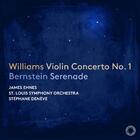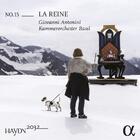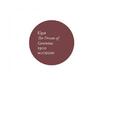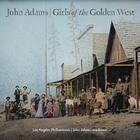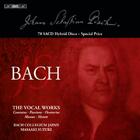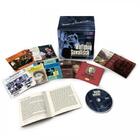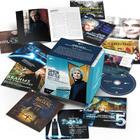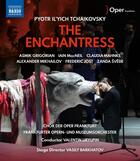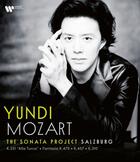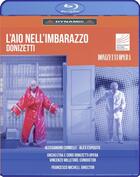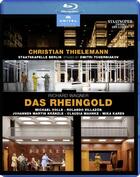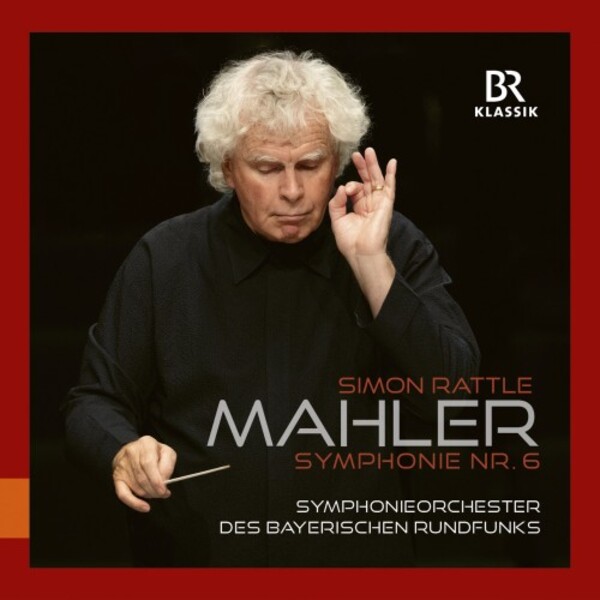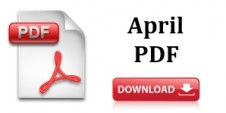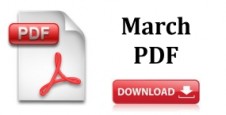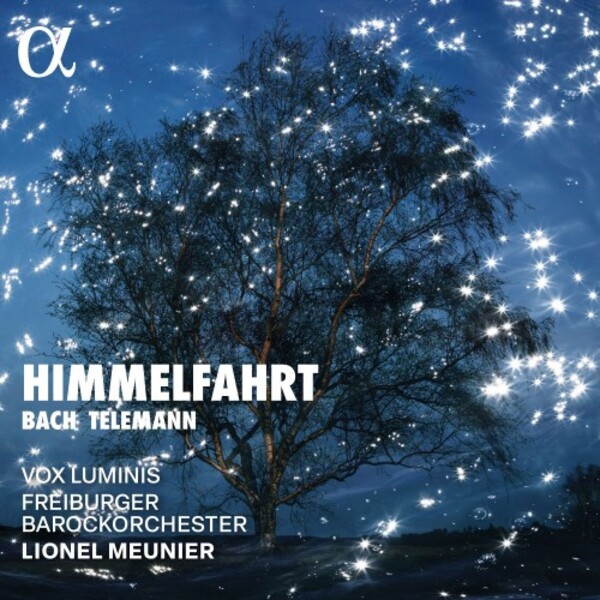
The Europadisc Review
JS Bach & Telemann - Himmelfahrt: Music for Ascension Day
Lionel Meunier, Viola Blache (soprano), Zsuzsi Toth (soprano), Alexander Chance (co...
£12.69
Although less widely celebrated than in past ages, the Feast of the Ascension is still a major festival in the calendar of the Christian church. Falling on the Thursday forty days after Easter (and ten before Whitsun/Pentecost), it marks the ascension into heaven of Jesus Christ following several post-Resurrection appearances to his disciples. Its joyful, triumphant mood has lent itself to celebrated works of graphic art, but also to some glorious music down the years, from early liturgical chant to Messiaen’s 1930s orchestral work L'Ascension.... read more
Although less widely celebrated than in past ages, the Feast of the Ascension is still a major festival in the calendar of the Christian church. Falling on the Thursday forty days after Easter (and te... read more
JS Bach & Telemann - Himmelfahrt: Music for Ascension Day

Lionel Meunier, Viola Blache (soprano), Zsuzsi Toth (soprano), Alexander Chance (countertenor), William Shelton (countertenor), Rahael Hohn (tenor), Sebastian Myrus (bass), Tobias Wicky (bass), Vox Luminis, Freiburger Barockorchester
The Spin Doctor Europadisc's Weekly Column

Return to Finland: Rautavaara, Saariaho & Beyond 17th April 2024
17th April 2024
Our previous visits to the music of Finland took us up to those composers born in the first decades of the 20th century, including Uuno Klami and Joonas Kokkonen. That generation brought Finnish music further away from its nationalist roots and the shadow of Sibelius, and closer to the modernism of the mid- and late 20th century. Now, on our final visit (at least for the time being), we look at two figures in particular who tackled some of modernism’s most advanced trends, and went beyond them to create outputs of distinctive originality.
Born in Helsinki just a few years after Kokkonen, Einojuhani Rautavaara (1928–2016) came from a musical household (his father was an opera singer and cantor), and initially started playing in a casual way. After the deaths of both his parents, he began more formal tuition at the University of Helsinki, and then entered the Sibelius... read more
 FREE UK SHIPPING OVER £30!
FREE UK SHIPPING OVER £30!